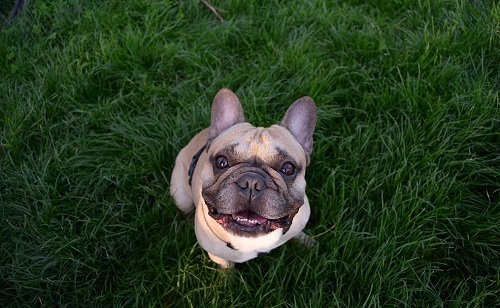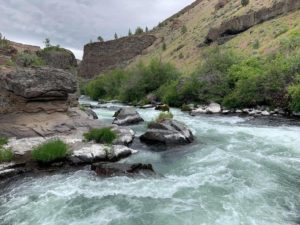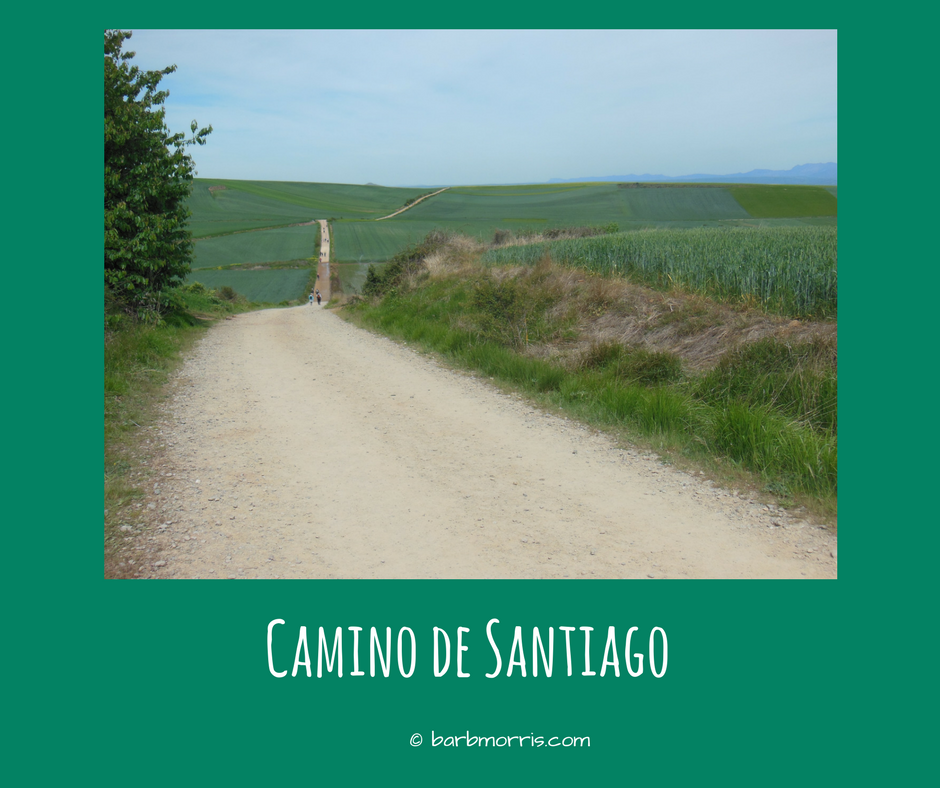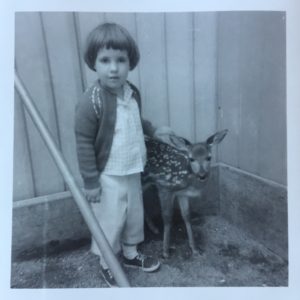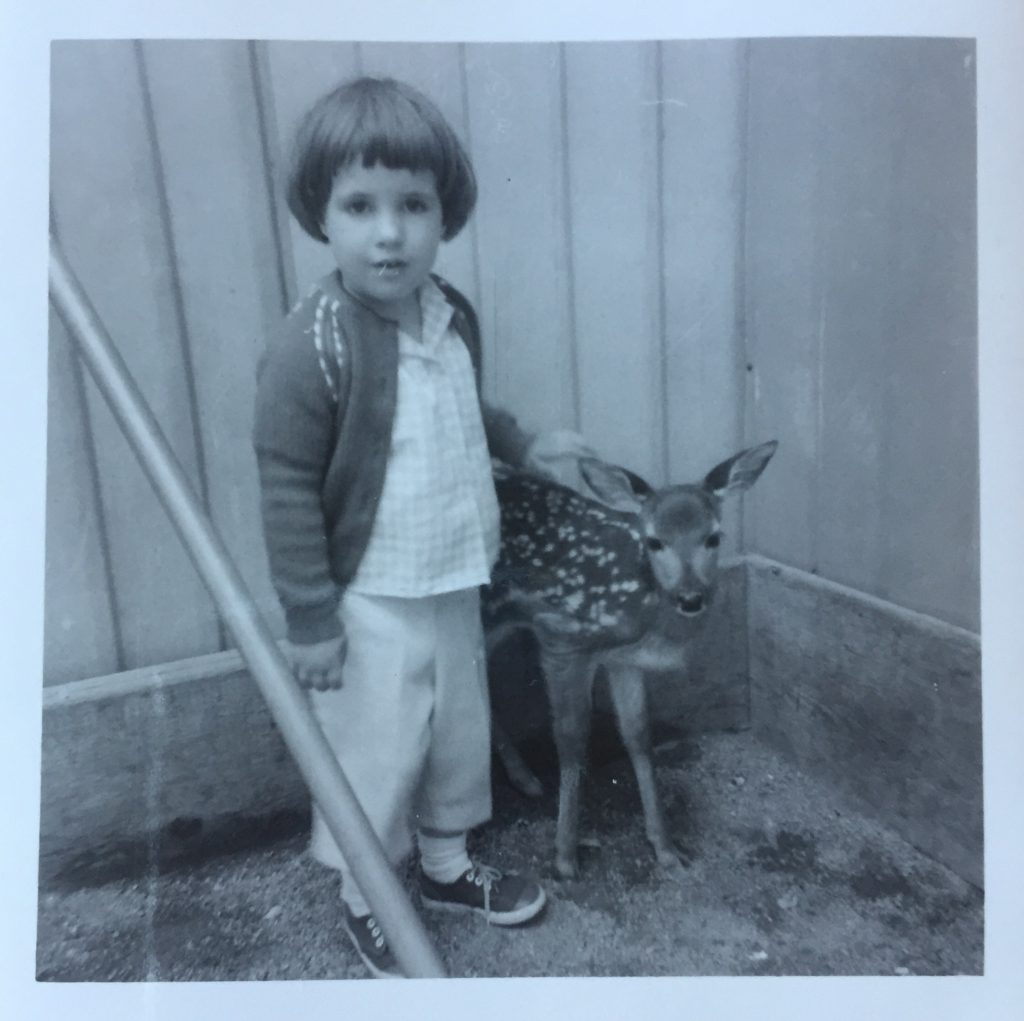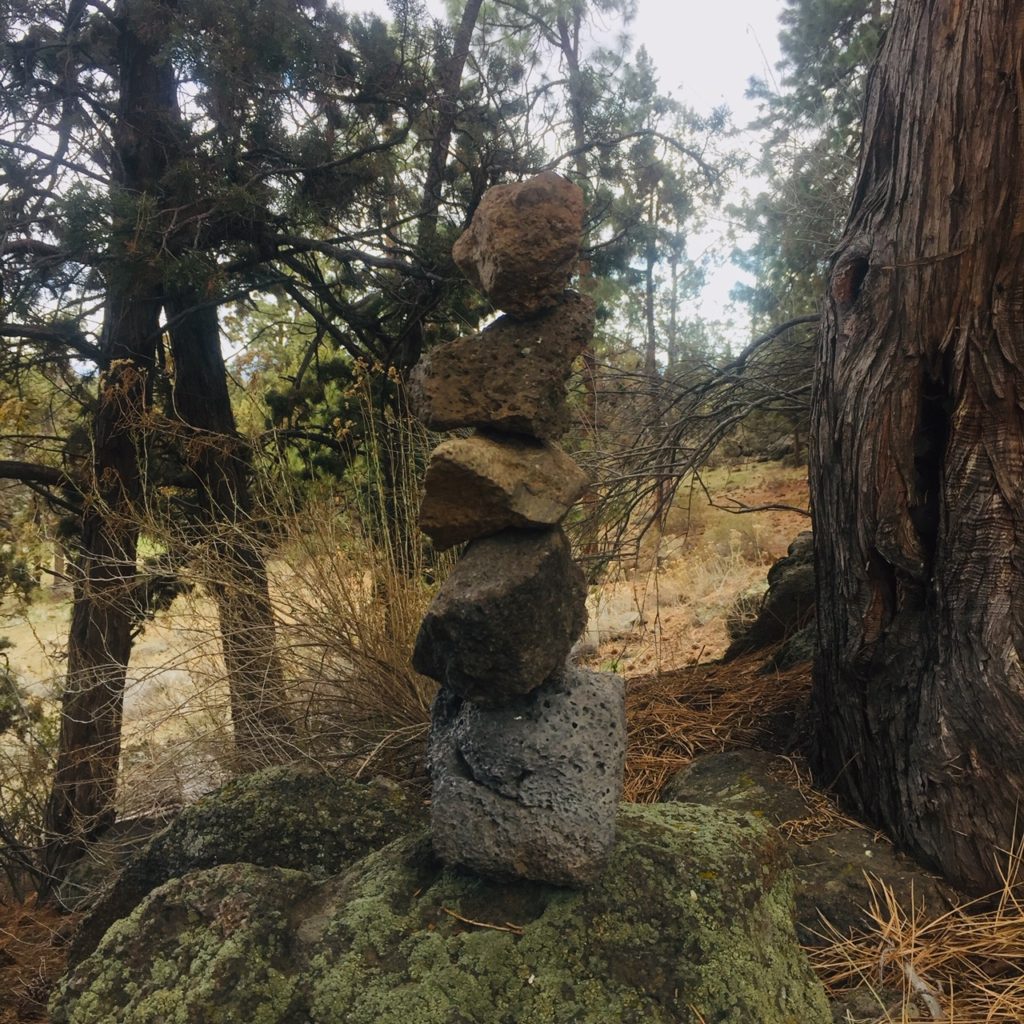
Dismantling dams and rewilding rivers is hard work. Hard work, and necessary work, if life is to thrive.
You and I were born free flowing streams. As we grow, most of us become dammed and channelized, our water “reclaimed,” our wildness dishonored and diverted. We couldn’t resist this domestication when we were kids, subject to forces way bigger and stronger than we were. The grownups who dammed our waters were mostly just trying to keep us safe. Our culture, however, does not have our best interests in mind. It simply wants our water for its own purposes. The utilitarian value of the river’s water is more important to culture than the intrinsic value of a wild river’s nature.
My brother and sister-in-law live on the banks of what’s left of the Colorado River, close to where that mighty Grand Canyon-carving river flows to a trickle through Mexico into the Gulf of California. Here the Colorado is channelized and denuded, beautiful in its own way but a shadow of its former wild self. The Colorado’s waters are dammed all along its length — diverted to irrigate crops, generate power, and provide drinking water for Los Angeles, Phoenix, Las Vegas and other western cities.
Real rivers are messy and unpredictable, for sure. But the life supported by a river that runs free is exponentially richer. That life isn’t as useful to humans. It’s wild. Wild life has value in and of itself, value not seen or appreciated when the dam was built.
Fish-killing dams have been removed from many Pacific Northwest rivers in the last decade. Two examples: the Elwha in Washington and the Rogue in Oregon. Four dams on the Klamath River could be removed starting in 2022. Taking out Snake River and Columbia River dams has been a controversial topic for decades.
Demolish a dam and lose control. Floods are unleashed, rapids ripple again, wild life thrives, natural ebb and flow happens. Salmon recover, and they feed Orcas who depend on the salmon. Riparian songbirds reappear as willows recolonize river banks. As marshes, wetlands, and estuaries rewater, the abundant life native to these swampy habitats returns. A wild river isn’t conducive to commerce and capitalism, though, so be prepared to live less conveniently and with less stuff.
Yes, taking out dams is hard work. Yet dismantle those dams we must, once we become aware of the damage they do.
What’s the dam in your free-flowing wild river? Is your dam made from following rules you don’t believe in, rather than choosing your commitments intentionally? Is your dam the belief that you have to be small and quiet, rather than living big and bold? Is your dam made from waiting for permission to flow, rather than letting loose and being who you are? For me, it’s all of these. (I’m flouting all three of these limiting beliefs by blogging much more often!)
As adults, we can dismantle the dams blocking our flow. We can take them apart, brick by brick. Or we can blow them up all at once. We can also keep them, if we like the result. But be prepared to pay the price of dam demolition. Wildness does not exist to be utilized and controlled, to be at the beck and call of those who would use its resources for their own gain. Be prepared to ride the wild river’s ups and downs, to swirl in the eddies. Be prepared to meander up side channels to swampy places where life thrives in unexpected ways.
Be prepared to discover just how resilient you truly are.
Photo by John Gibbons on Unsplash

